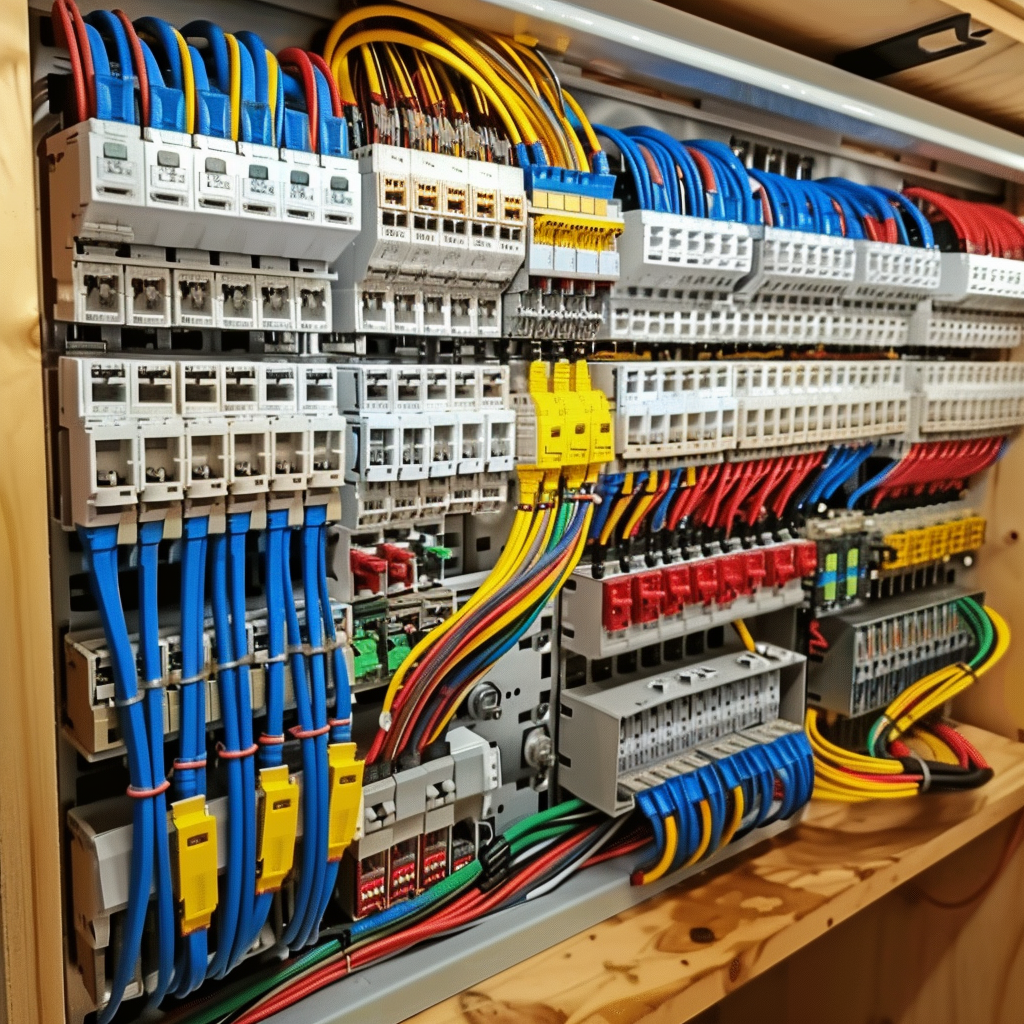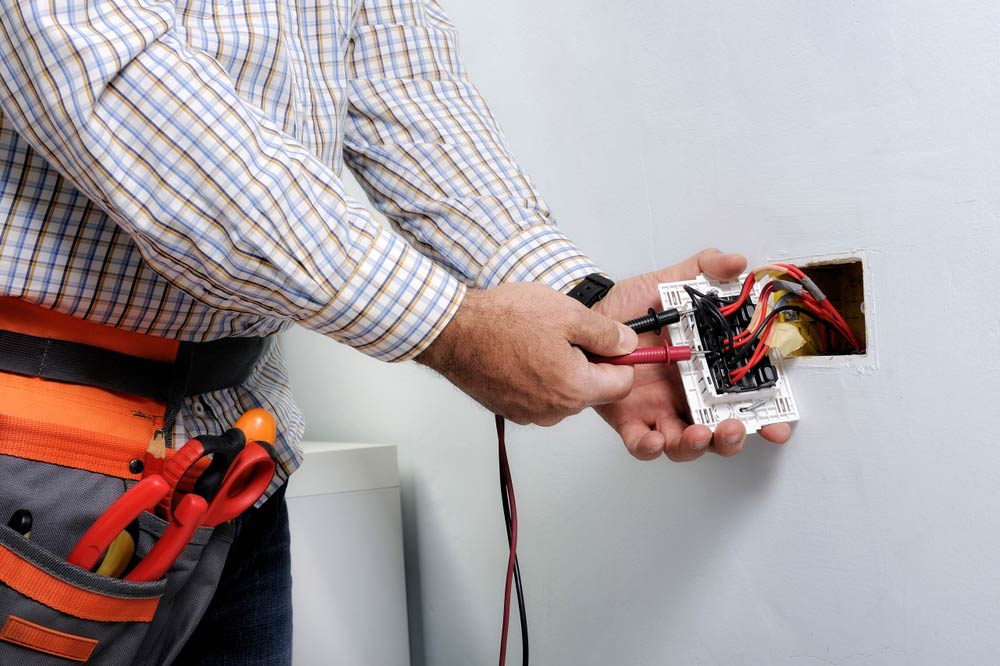The Ultimate Guide to Electrical Installment: Tips and Strategies for a Safe and Reliable Home Circuitry System
In the world of home upkeep, couple of elements are as vital yet typically neglected as the electric circuitry system. By exploring the nuances of electric security actions and energy-saving methods, this detailed overview will lose light on the ins and outs of home wiring, equipping individuals to take fee of their home's electrical facilities.
Comprehending Electrical Precaution
To make certain the security of both people and home, understanding and executing correct electric security steps is extremely important in any type of home electrical wiring task. Electrical energy is an effective pressure that can be unsafe otherwise managed with caution. Among the basic security procedures is making sure that all electrical job is executed by certified professionals who comply with neighborhood building codes and guidelines. It is critical to conduct a thorough inspection of the electrical system prior to starting any wiring job to identify possible dangers or issues that require to be addressed.
Additionally, using the appropriate tools and devices is vital for keeping security during electric installments. Shielded gloves, voltage testers, and protective eyeglasses are a few of the fundamental safety gear that need to be used to avoid electrical shocks or mishaps. It is likewise important to de-energize circuits before dealing with them and to classify all circuits and breakers plainly to stay clear of confusion.

Important Devices for Home Wiring
Guaranteeing the proper execution of electrical security actions in home electrical wiring jobs includes making use of a specific collection of essential tools created to help with the installment process effectively and securely. Some of the secret devices needed for home electrical wiring jobs include a voltage tester for checking live wires, cable strippers for eliminating insulation from cables, a cord cutter for exactly reducing cables to length, a screwdriver set for securing electric parts, electrical tape for insulation and safeguarding links, a cable ripper for removing cord sheathing, and a multimeter for measuring voltage, present, and resistance.
Step-by-Step Electrical Installment Overview
Starting an electrical installment job needs precise planning and adherence to safety and security standards. Prior to beginning any work, ensure you have a thorough strategy describing the layout of the electrical system, consisting of the positioning of electrical outlets, buttons, and fixtures. Take into consideration the power needs of each device to identify the suitable wire scale and breaker dimensions.
The primary step in the setup process is to shut down the power supply to the location where you will certainly be working. Make use of a voltage tester to verify that the circuits are de-energized before touching any kind of cables. Next, thoroughly remove existing components or electrical outlets and detach the cords.
When installing brand-new wiring, run cords with walls and ceilings, securing them in place with appropriate installations. Adhere to local building ordinance and producer directions for correct wire installment and connections. BRE Electrical. Make certain to identify wires for simple identification and future upkeep

Troubleshooting Common Wiring Issues
Having finished the setup procedure as laid out read in the previous subtopic, repairing usual circuitry issues is a necessary skill for making sure the safety and functionality of your electric system. One usual concern is a tripped circuit breaker, often triggered by overloaded circuits or a brief circuit. To troubleshoot this, locate the breaker panel, recognize the tripped breaker by searching for the one not fully in the "on" position, and reset it by turning it totally to "off" and then back to "on." Another widespread issue is a malfunctioning outlet, characterized by no power or periodic power supply. Guarantee the outlet is not regulated by a switch, then use a voltage tester to examine for power. If there is no power, shut off the circuit, check the electrical wiring links for any type of loose or broken cables, and change the outlet if necessary. Continuously flickering lights can indicate loose circuitry links or an overloaded circuit. To address this, check and tighten up all wire connections in the affected fixtures and switches and rearrange the tons on the circuit to stabilize the electric demand. Frequently inspecting and without delay dealing with these usual circuitry concerns will certainly keep the security and performance of your home electrical system.
Tips for Energy-Efficient Electrical Solutions
For ideal energy performance in electrical systems, implementing wise methods and making use of energy-saving innovations is paramount. One crucial tip for accomplishing an energy-efficient electrical system is to upgrade to LED illumination. Correct insulation and securing of home windows, doors, and electrical outlets can likewise prevent power loss, ultimately minimizing the work on electrical systems.
Final Thought
In verdict, applying proper safety and security steps, utilizing essential devices, complying click to investigate with a detailed installation overview, repairing common problems, and incorporating energy-efficient ideas are crucial site here for a safe and effective home circuitry system. By sticking to these practices, house owners can ensure the durability and functionality of their electrical setups. It is very important to focus on security and efficiency when it involves electric job in order to avoid possible risks and to keep a trustworthy electric system in the home.